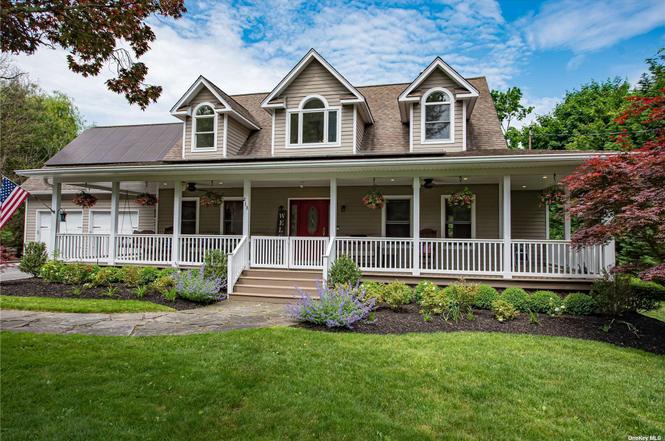

Insulation beneath the tubing is critical to keeping the heat moving up into the floor, rather than dispersing every which way. "You don't want to trap the heat under a sealed box," he explains. In a kitchen or family room, though, Richard takes care not to run it under cabinets or other built-ins. The tubing snakes uninterrupted from bay to bay through holes drilled at least 2 inches from the edges of each joist. "So the aluminum sucks the heat out and conducts it to the subfloor." The tracks keep the tubing evenly spaced at 6 to 8 inches to avoid cold spots. "Plastic like PEX is not a good transfer medium," says Richard. Installing radiant floor heating in existing homes begins with aluminum tracks being screwed between the joists, which hold PEX (cross-linked polyethylene) tubing carrying hot water. It can go under most existing flooring, including wood, tile, vinyl, and even carpet. In most houses, the only place to do this is on a first floor where joist bays are open to the space below.

The best way to retrofit radiant floor heating without disturbing an existing floor is to do it from below, against the underside of the subfloor. A single length of tubing will loop under each first-floor room Photo by Russell Kaye Radiant Heat in First-Floor Living Spaces Richard feeds the PEX tubing to heating contractor John Perry, who pushes it along a joist bay. Here’s a look at the three most popular places for retrofitting radiant and what the pros do in each case to bring cozy warmth to older houses. Radiant Floor Heating: Why It’s Worth It 3 Places to Retrofit Radiant Floor Heat in Existing Homes


 0 kommentar(er)
0 kommentar(er)
